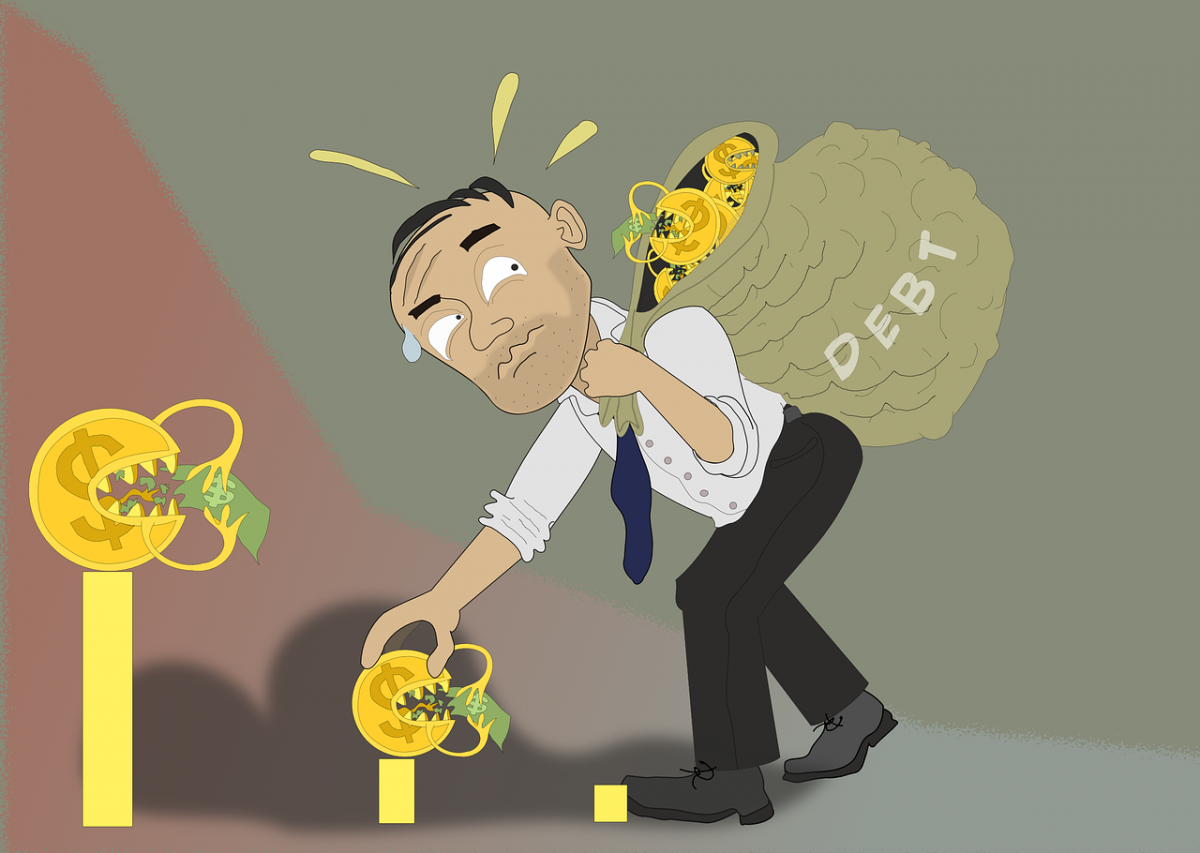From the time that the first pioneers arrived at Plymouth Rock and Jamestown, America had always been a forward-looking nation. Now, however, it is mortgaging its future to pay for programs it simply can’t afford. The problem had been growing for decades, but the acceleration under the current Administration has reached a breaking point.
The problem is so vast that interest expenses on the national debt, now reaching $35 trillion, exceeds what America spends on its own national defense.
In the current federal fiscal year, which began in October, interest payments have reached $514 billion dollars. The problem is accelerating. The deficit totaled $1.6 trillion in fiscal year 2024, grows to $1.8 trillion in 2025, and then returns to $1.6 trillion by 2027. Thereafter, deficits steadily mount, reaching $2.6 trillion in 2034. Those deficits will have to be paid for by borrowing, and interest rates will grow accordingly.
According to the Congressional Budget Office “Since the Great Depression, deficits have exceeded that level only during and shortly after World War II, the 2007–2009 financial crisis, and the coronavirus pandemic. Debt held by the public rises each year in relation to the size of the economy, reaching 116 percent of GDP in 2034—an amount greater than at any point in the nation’s history. From 2024 to 2034, increases in mandatory spending and interest costs outpace declines in discretionary spending and growth in revenues and the economy, driving up debt. That trend persists, pushing federal debt to 172 percent of GDP in 2054.”
If the U.S. government were a private company, it would be staring at bankruptcy.
The problem hits every American hard through inflation. The Committee for a Responsible Federal Budget describes the impact on the economy: “Higher interest rates on federal debt and bank reserves increase interest rates throughout the economy on everything from mortgages to student loans to credit cards. They also contribute to a phenomenon called ‘crowd out,’ where investors purchase government bonds instead of investing in the private sector, thus slowing economic growth. CBO estimates that for every $1 of new U.S. government borrowing, total investment falls by 33 cents and an additional 24 cents of the return to investments goes abroad, resulting in slowing income growth over time.”
A 2023 Heritage study notes “The amount of additional spending resulting from legislation passed between March 2020 and December 2022 is astonishing: $7.5 trillion—more than $57,400 dollars per household. While federal spending per American has steadily increased in real terms over the past several decades, the pace of the increase in recent years has been shocking.”
Senator Mitch McConnell stated t last year that “Since President Biden took office, consumer prices have risen more than 16 percent. American families are paying 20 percent more to put food on the table than they did in January 2021. And 36 percent more on energy. But over more than two years of Washington Democrats’ runaway inflation, President Biden’s top advisors have refused to even admit that there’s a problem – let alone that their policies are driving it.”
The Government Accounting Office (GAO) worries that “The federal government faces an unsustainable long-term fiscal path that poses serious economic, security, and social challenges if not addressed. Congress and the administration will need to make difficult budgetary and policy decisions to address the key drivers of federal debt and change the government’s fiscal path. The sooner actions are taken to change the long-term fiscal path, the less drastic they will need to be. Debt is projected to grow faster than the economy over the long term.”
At the end of fiscal year 2023, the $26.2 trillion in debt held by the public was about 97 percent of gross domestic product (GDP). GAO projects that under current revenue and spending policies, debt held by the public will reach its historical high of 106 percent of GDP by 2028, and grow more than twice as fast as the economy over a 30-year period, reaching 200 percent of GDP by 2050.
Perpetually rising debt as a share of GDP is unsustainable and has many direct and indirect implications on the economy and American households and individuals. Debt held by the public is projected to grow faster than GDP.
Illustration: Pixabay
